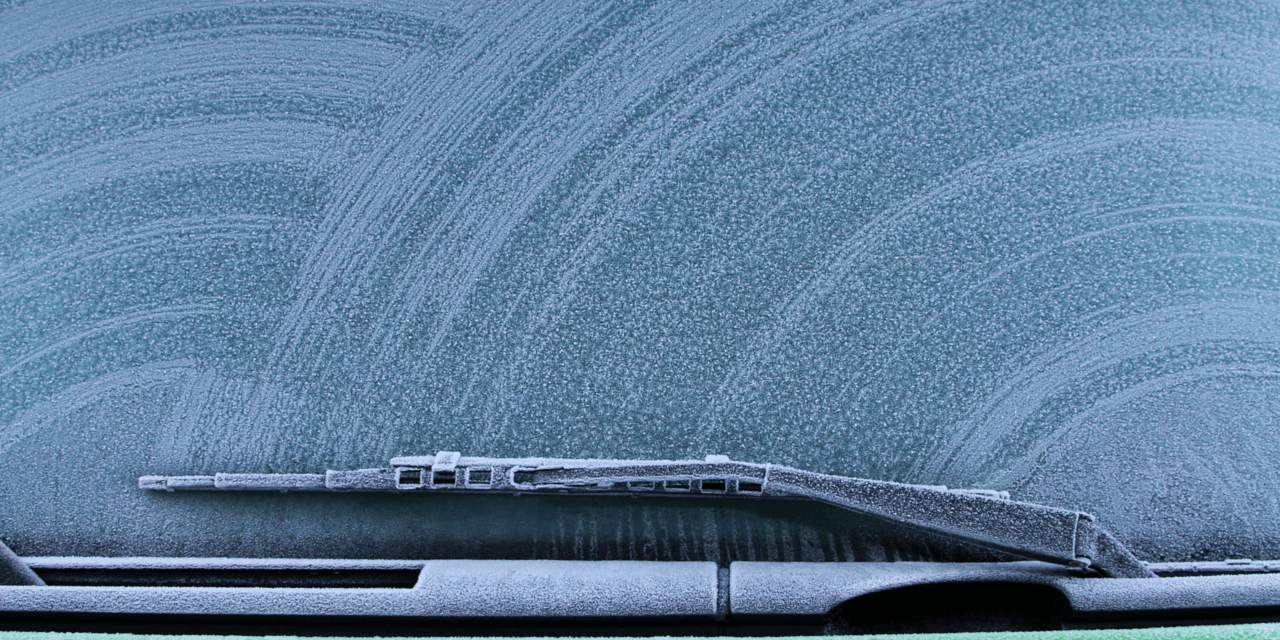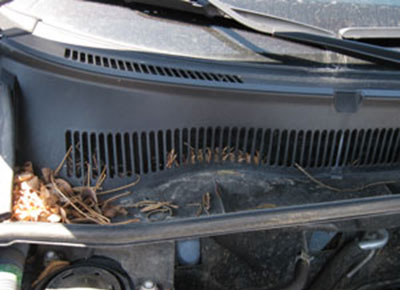
Fortunately for folks in Hampton Roads, significant and long term snowfall is not the norm in our area. But, just because you don't need to slap on a set of snow tires for the winter doesn't mean that tires should be ignored or that there aren't other vehicle winterizing routines that you should be doing. Winter is coming.... are you prepared?
Tires
Although you don't need snow tires in our area, you still need to ensure your tires are up for the wintery roads ahead. Occasionally we do get some snow and icy roads. Badly worn tires won't give the traction you need and can cause a spin out in icy conditions. Perform a visual inspection of your tires for excessive tread wear and replace them if they're worn. When you replace your tires, go with a "4-season tire" for the best year round road handling in Hampton Roads.
Always make sure you check tires monthly and maintain the manufacturers recommended tire pressure.
Cooling System
A properly maintained cooling system is a critical component of your vehicle's engine operation no matter what time of year!
If you keep up with your vehicle manufacturer's recommended maintenance schedules, the you don't likely need the "flush and fill" you see advertised at the local service stations and garages. This is particularly true on newer vehicles, some of which are good to go for 5 years or 150,000 miles. Read the cooling system section in your owner's manuals and follow the manufacturer's recommendations and specifications for your vehicle.
Remember: NEVER open a hot radiator. If you feel the need to remove your vehicle's radiator cap for inspection, make sure the vehicle is cool. Even the slightest heat of the engine pressurizes the system and could result in severe burns when you open the cap. Always use caution.
If you look at the overflow tank and the engine coolant is low, only add the coolant recommended by the vehicle manufacturer. In almost all cases, never simply just 'add water' to the tank. Consult your owner's manual.
If you do see signs of heavy rust deposits in the radiator overflow tank, then yes, it might be time for that "flush and fill" for continued and reliable operation. The presence of rust in the cooling system is detrimental to the efficient operation of the system and can lead to a catastrophic system failure.
Don't Forget the Belts and Hoses!
Perform a visual inspection of the belts and hoses. Examine the hoses for any signs of leaks, cracking or overheating. Check the belt(s) for signs of dry rot/cracking, wear or chipping. If you see anything amiss, have the components replaced as soon as possible to avoid trouble down the road.
While you're under the hood, do a visual inspection of the front areas of the engine where the water pump is typically located. Check for any "puddles" on the engine or in the radiator tray. Do you notice a heavy "coolant smell?" If any of these are present, have the vehicle serviced to prevent a failure that could potentially leave you broken down and stranded.
 Wiper Blades
Wiper Blades
Yes, you might have replaced them last spring, but it's likely time for a new set to get you through the winter. Also, make sure there is a ice scraper in the car and use it to clear off that frosty windshield! Turning on the wipers to remove even the thinnest layer of frost will cut gouges in the rubber blades. Those gouges will result in badly streaked windows when you turn on the wipers and hamper your vision in the rain.
Heaters and Blowers
Vehicle heat and blowers always need to be working properly. A malfunctioning defroster can't clear up those foggy windows and can hinder your vision making for unsafe driving conditions.
Now, back to that scraper...... USE IT! Don't just clear off the windshield and think you're all set. Use it to clear off the frost, ice or snow from all of your windows and outside mirrors. Also, add winter windshield washer fluid. It's not just some marketing gimmick, it's necessary. The frigid air flowing into your engine compartment will freeze regular washer fluid. It's frustrating when you hit that button to wash off the road salt on a dirty windshield and find out your washer lines are frozen up and won't work. Not being able to clearly see is dangerous.
 Junk in the Crevices
Junk in the Crevices
One often overlooked aspect of the onset of Winter is that not only has Fall left debris all over you house and yard, but it has likely left debris in the crevasses of your vehicle.
Leaves, twigs and other organic matter will often build up in the areas of your car where water is supposed to run out. This can affect cabin air flow and cause water to leak into the interior which leads to corrosion if ignored.
Pop the hood and vacuum out the leaves and organic debris below the windshield and down along where the firewall and fenders meet. Assure that all the under hood vents are clear and free of organic debris. If your vehicle is equipped with a sun roof, open it and examine the channels from the outside. Remove any debris you find and ensure that drains are clear.
Examine the seal(s) for signs of drying out, shrinkage, coming unglued, etc. Address any problems you see. This can prevent water damage from destroying your headliner and prevent leaks that will cause corrosion in areas that you can't see.
Lastly, remember........ Spring is only 3 months away.
